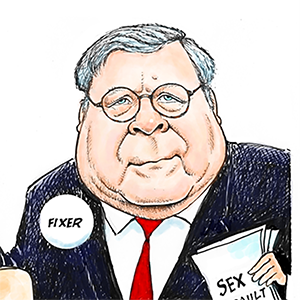Entertainment
/ArcaMax

19 Black historical figures you probably didn't learn about in class
For many years, school curricula have limited their scope to the same Black figures throughout history. While lectures on the legacies of Martin Luther King Jr., Rosa Parks, and Harriet Tubman remain crucial, some educators and students are eager to learn about underrepresented trailblazers like Lewis Latimer, Marsha P. Johnson, and Max ...Read more

25 iconic TV shows that are so bad they're good
While we may have moved beyond the era of peak TV, there are still an overwhelming number of great shows to watch. A look at the September 2025 Emmy winners reveals several fantastic options, from buzzy new shows like "The Studio" and "The Pitt" to acclaimed ongoing series like "Hacks" and "Severance." But as satisfying as it is to sit down ...Read more

25 actors who quit or were fired from hit film franchises early on
Since the rise of Marvel movies in the 2000s, we've been living in the age of the cinematic universe. Sequels continue to dominate the box office, and the franchise is king. Without counting remakes, six of the 10 highest-grossing films of 2025 are continuations of previously existing IP. We can lament the fact that it's increasingly difficult ...Read more










